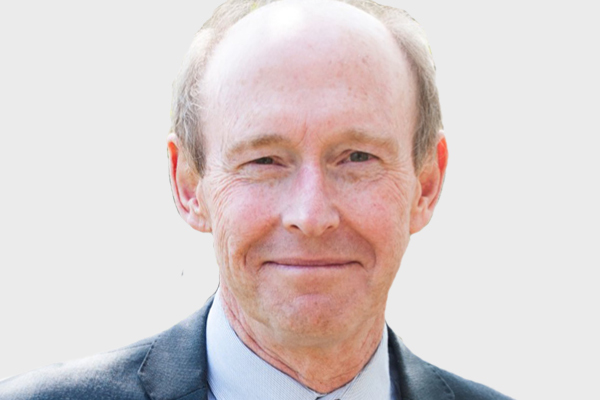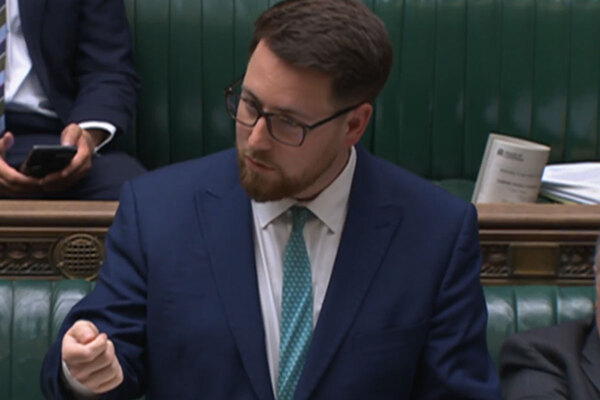You are viewing 1 of your 1 free articles
Associations face daunting challenges 50 years on
The sector should be proud of its achievements so far but there is still much it needs to build on, says Mark Sebba
At the end of September, Hyde celebrated its 50th birthday. As Michael Hollingsworth (who founded Hyde with Ted Watts and John Childs back in 1967) observed, had we just fulfilled their objective of acquiring two new homes a year, we would by now have 100 – rather than the 50,000 on our books today. Without these pioneers, and the others of their generation who had similar ideas and drive, there would now be many more homeless people and families living in squalid accommodation.
Reflecting on what collectively housing associations have achieved since the film Cathy Come Home, we have undeniably provided decent homes to hundreds of thousands of families. We have maintained and repaired those homes while sustaining rents at well below the market rate. We have built new homes, we have brought others up to standard, we have helped young people onto the housing ladder, and we have been instrumental in building communities in which people thrive.
These are successes of which we have every right to be proud. But while the Hyde team, past and present, can justifiably be gratified with all that we have delivered over the past half a century, as we take stock we see that both for Hyde and for our industry, there is no room for complacency.
We have not ended homelessness. We know that there are not enough homes at affordable rents or sale prices for people who need them. We acknowledge that as a nation we need to build an extra 90,000 homes every year to keep up with demand. We regret that the biggest single challenge for today’s young people is finding somewhere decent where they can afford to live.
“The tasks facing us today are just as daunting as they were half a century ago, even if they are different.”
The tasks facing us today are just as daunting as they were half a century ago, even if they are different. Housing associations will need to adapt in order to continue to make an impact.
Today’s challenges centre around finding suitable land at prices we can afford. We then need to spend a good three years securing deals, obtaining planning consent, and negotiating with local authorities before we can hand over the keys of a new home to its grateful recipients. And grant funding is virtually defunct.
But to short-circuit some of the inherent delays, we must explore the latest technologies in modular building. Fifty years ago and more, ‘pre-fabs’ had a connotation which we have determinedly tried to avoid in subsequent decades, but today technology exists that delivers the highest standards in factory built, component homes, cutting time and cost.
We are constantly looking for new ways to subsidise new homes. We need be freed from restrictions so that we can unlock the value of the assets we own in order to pay for more homes.
Do our balance sheets reflect the true value of our immensely valuable real estate assets?
We need to be innovative but not foolhardy in our valuation and financing techniques; persuasive in our arguments to government to ensure that more state-owned, brownfield land is released for social housing development; and tenacious in all our commercial relationships with the financial community, landowners and house builders. And we need to be focused on the customer, providing more options while using the same or fewer resources.
“Our challenge is to change what we have and make it better, more suited to today’s objectives.”
The Cathy Come Home generation concentrated on providing homes at sub-market rents for families. Today’s housing associations are not only landlords.
We are freeholders, providing services for lessees; we develop new concepts such as shared ownership, which helps young people get a foot on the property ladder. Our services must suit all needs. We are determined to deliver easy-to-use digital services for the majority, while keeping a more personal service for the most vulnerable of our customers.
The theory sounds simple; the reality, of course, is much more complex. If we were to set up a new organisation today, we wouldn’t start from here. Instead our challenge is to change what we have and make it better, more suited to today’s objectives.
We must build on what we have inherited – heart, soul, values – and channel the inspiration, passion and determination shown by our founders 50 years ago, to make sure that when the next generation comes to celebrate Hyde’s centenary, they will be able to look back and say that their predecessors were as innovative in their thinking and actions to help solve the housing crisis as had been Michael, Ted and John in their generation.
Mark Sebba, chair, Hyde











